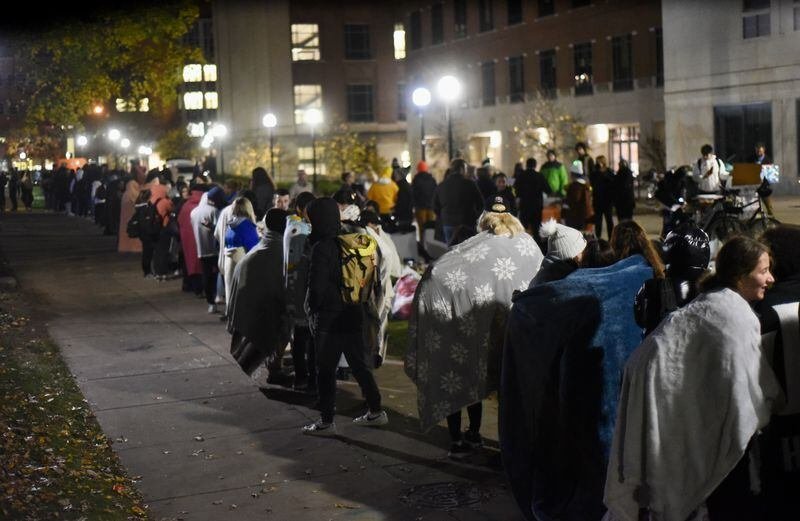
THE PROBLEM
Students encounter real barriers to becoming informed, active voters. Some of the main challenges we hear about from students are:
The challenge of scheduling. Students juggle classwork, homework, jobs, extracurriculars, and their personal lives. While it may sound unlikely that someone doesn’t have time during the 7am-7pm period the polls are open, it is a common occurrence with students.
The challenge of transportation. Even if students have enough time to get to the polls, transportation to and from them becomes another obstacle. Many freshmen, some of whom will just be coming of age to vote, do not or cannot have vehicles on campus in their first year. They must secure transportation to and from the polls another way, which can easily become timely and costly. Furthermore, some campuses are divided into multiple voter precincts, creating confusion about which polling location students need to attend.
The challenge of suppression. Voter suppression is a broad term, and it can come in many forms. With the surge in college-age turnout in 2020, we saw an increase in suppression tactics. Restrictive voter ID laws, elimination of early-voting days, confusion over mail-in ballots, and purging of student voter registrations have all been common features of this election cycle.
The challenge of information. Amongst these other obstacles, students also cite a lack of information for how to vote and how to select candidates that align with their beliefs. This raises the question, whose responsibility is it to provide this information? At Day On Democracy, we believe this responsibility falls on our institutions of higher education, whose mission is to produce well-rounded, engaged, aware individuals. Students who haven’t been provided the resources and information necessary to vote are also less likely to know how they can get involved in their democracies in other ways.
Students at the University of Michigan wait in hours-long lines to vote on Election Night (November 8, 2022). Photo by Ryan Stanton of The Ann Arbor News.
Actual Election Day schedule from a student at Stanford University.
We know it’s difficult to create positive change without the necessary resources to do so. We also realize that engaging in democracy goes far beyond the practice of voting. So how do we get students to take this first step, and how do we empower them to go beyond?
It all starts with a Day On Democracy. Learn how your institution can take its first steps.


